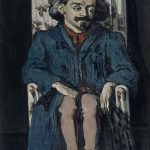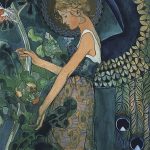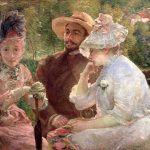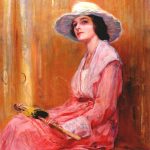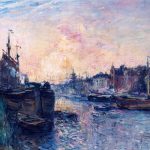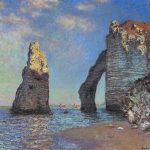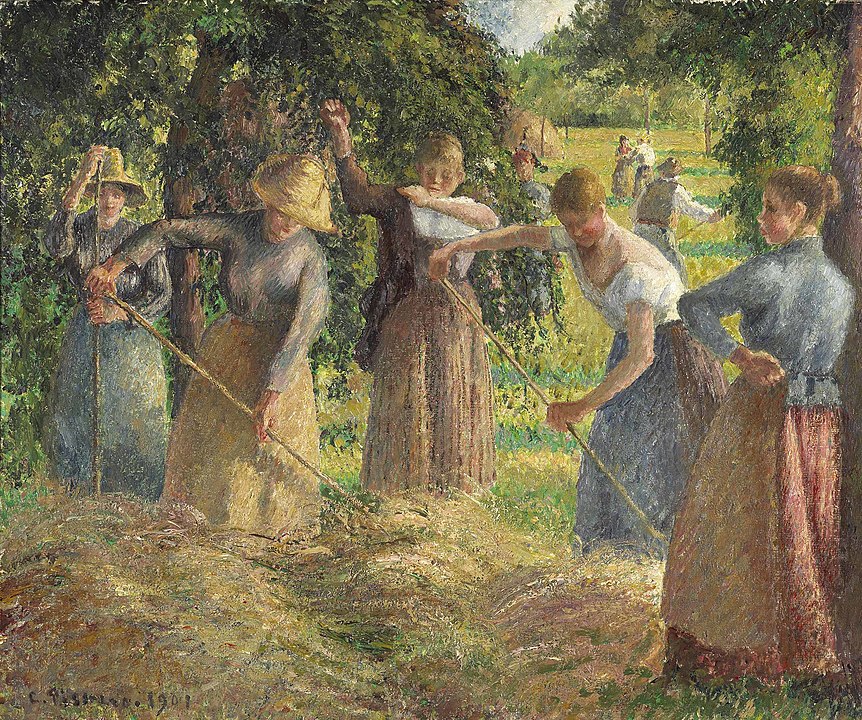
Camille Pissarro (1830–1903) was a Danish-French Impressionist and Neo-Impressionist painter. He played a crucial role in the development of the Impressionist movement and was a mentor to several of its key figures. Pissarro’s work evolved over the years, and he made significant contributions to both Impressionism and Neo-Impressionism.
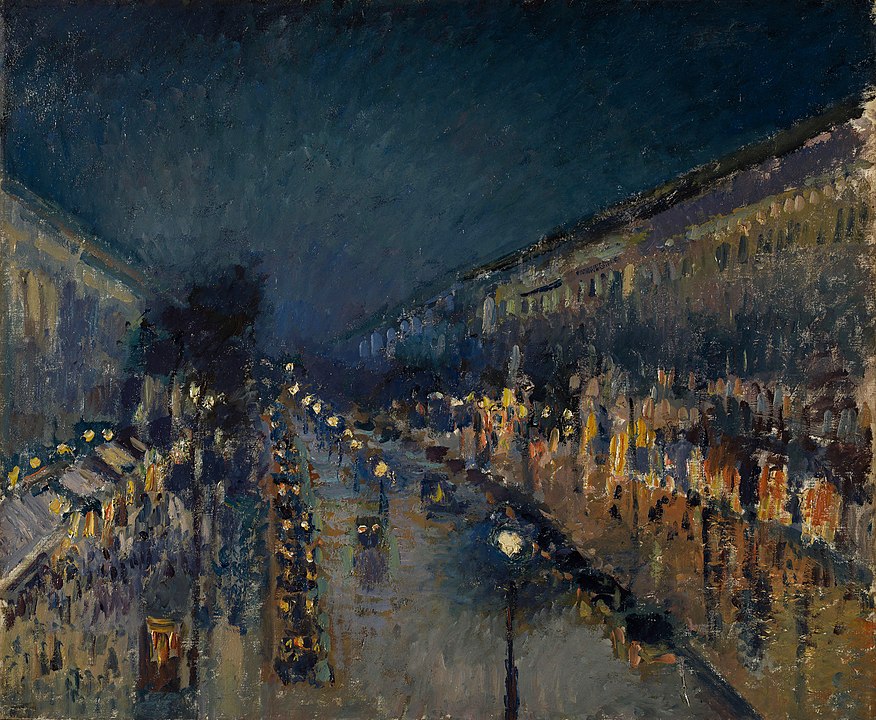
- Early Life: Jacob Abraham Camille Pissarro was born on the island of St. Thomas (now in the U.S. Virgin Islands) in 1830. His family moved to Paris when he was 12, and he began his formal art education at various academies.
- Early Career: Pissarro initially painted in a more traditional style, influenced by academic training. However, he soon embraced the revolutionary ideas of the Impressionists and became associated with the movement.
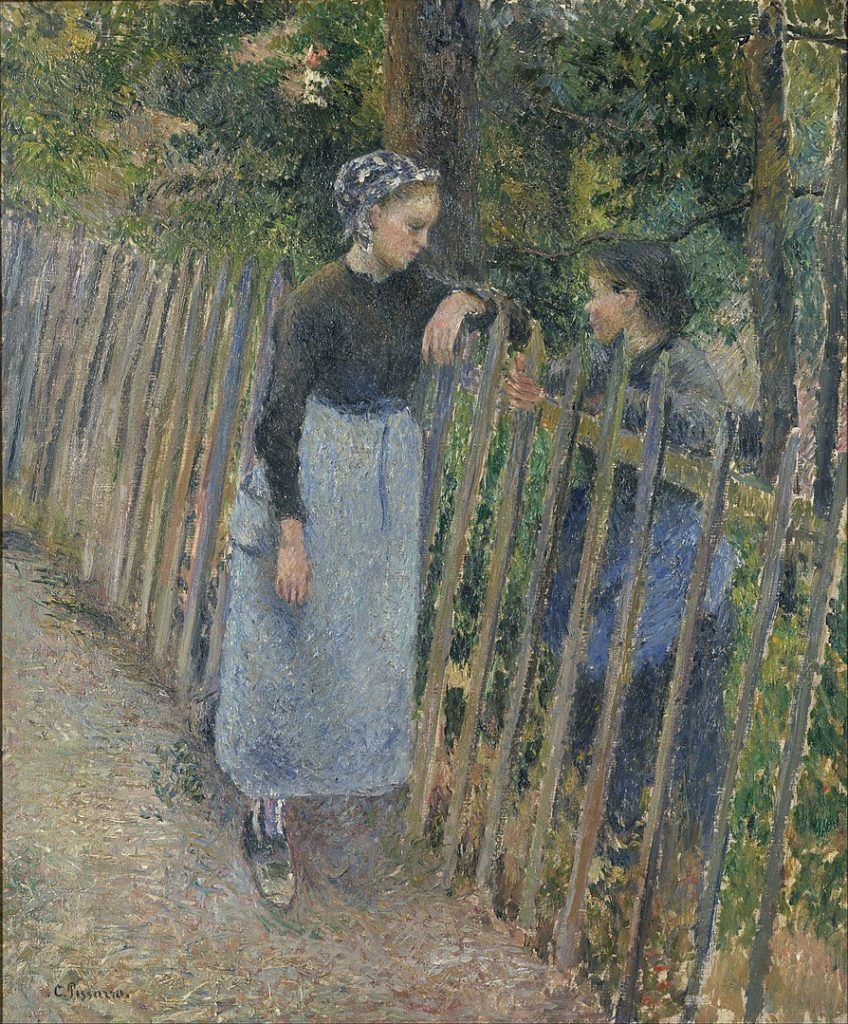
- Impressionist Movement: Pissarro was a key figure in the Impressionist movement, participating in all eight Impressionist exhibitions from 1874 to 1886. He shared the ideals of capturing the fleeting effects of light and atmosphere and depicting scenes from contemporary life.
- Pioneering Techniques: Pissarro experimented with new techniques in his Impressionist phase, using loose brushstrokes and a bright palette. His interest in the effects of light and atmosphere is evident in his landscapes and city scenes.
- Series Paintings: Like his friend Claude Monet, Pissarro created series paintings, exploring the same subject in different lighting and weather conditions. Notable series include views of the Louvre, the Boulevard Montmartre, and haystacks in the countryside.
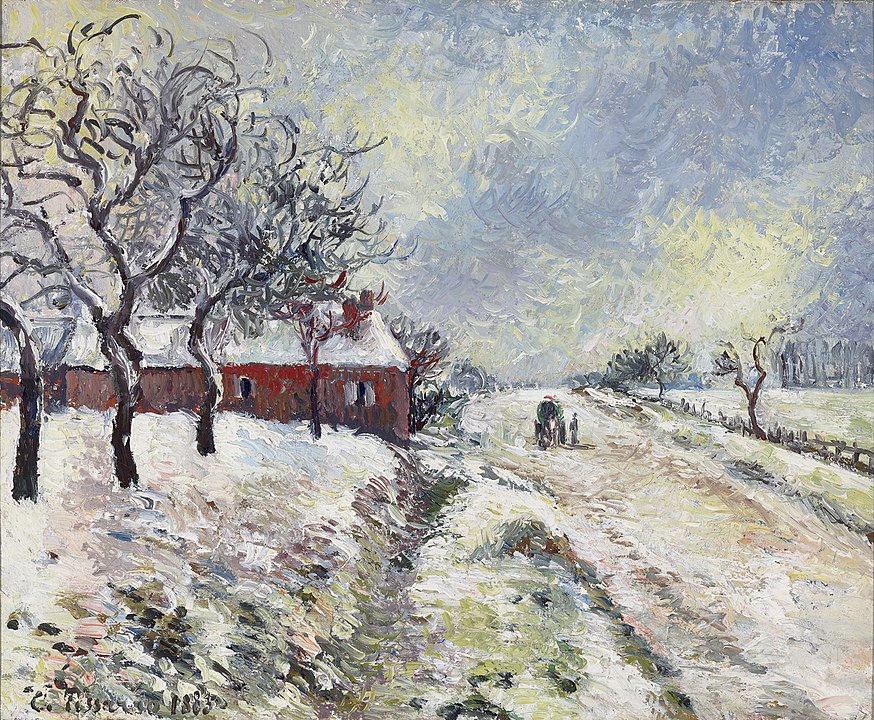
- Neo-Impressionism: In the late 1880s, Pissarro became interested in Neo-Impressionism, a style characterized by the use of small, distinct dots of color. He developed a friendship and collaboration with Georges Seurat and Paul Signac, key figures in the Neo-Impressionist movement.
- Anarchist and Socialism: Pissarro was politically engaged and held anarchist and socialist beliefs. His political convictions influenced his art, and he depicted scenes of rural life, peasants, and workers. His interest in social issues persisted throughout his career.
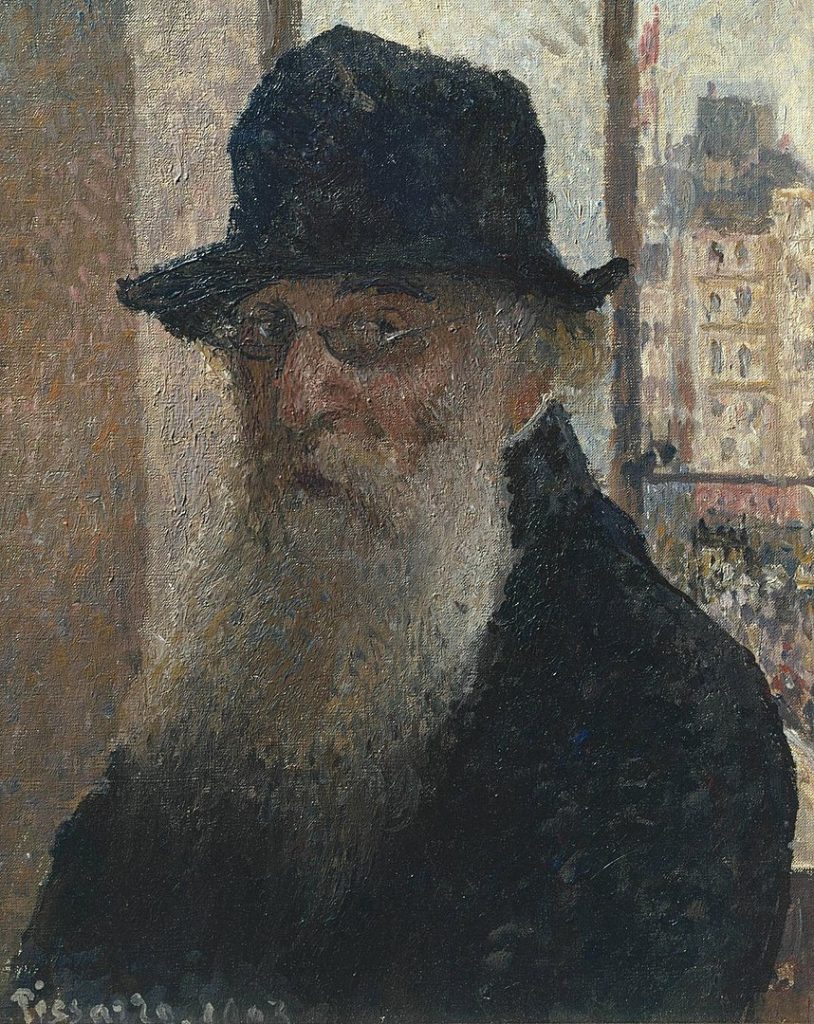
- Later Years: In the later years of his career, Pissarro continued to explore different styles and techniques. He returned to a more traditional approach, incorporating elements of both Impressionism and Neo-Impressionism.
- Legacy: Camille Pissarro’s legacy is significant not only for his own artistic achievements but also for his influence on the development of Impressionism and Neo-Impressionism. He played a mentorship role to many artists, including Paul Cézanne and Paul Gauguin.
- Death: Camille Pissarro passed away on November 13, 1903, in Paris. Despite facing challenges and financial difficulties throughout his life, he left a lasting impact on the art world, and his works are now highly regarded and displayed in major museums worldwide.

